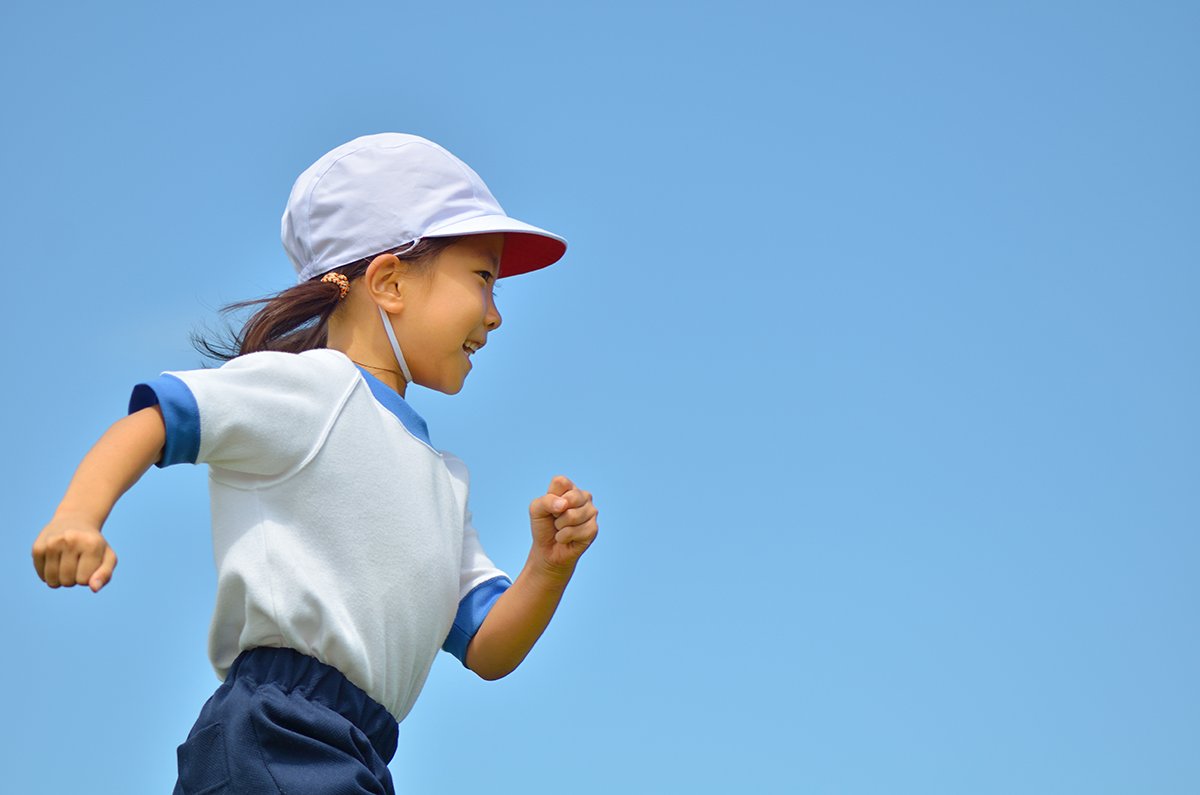Sports day is held in the cooler seasons of autumn and early summer when it's easier to move around. Most people who have attended school in Japan have probably participated in one. But did you know that there are actually some big differences between sports day in Japan and overseas?
Here, we explain the characteristics and history of Japanese sports days, as well as the differences between them and similar events overseas.
Are sports days a culture unique to Japan?

First, we will explain the origins of Japanese sports days, their characteristics, and how people overseas have responded to them.
Characteristics of Japanese sports festivals
The sports days currently held in Japanese schools are said to have originated from those held at the Marine Academy during the Meiji period. The original sports days are said to have originated from those held at Oxford University in the UK in the 19th century, and it seems that Japan's sports days were initially inspired by Western culture. However, after several wars, military elements gradually became stronger during World War II, and events for training purposes began to be incorporated. It is said that the horse battles, formations, and marches that are included in sports days held in Japan today are remnants of that time.
In modern Japan, sports days are held not only at universities and high schools, but also at elementary and junior high schools, kindergartens, and nursery schools, and they generally include both individual and team events.
There are no sports days like those in Japan overseas.
In addition to individual events, Japanese sports days also include many team events such as the opening ceremony march, group gymnastics, and horse battles. However, at sports days held overseas, with the exception of sports that require team play, there are not many events in which all students come together to accomplish one goal.
For this reason, it seems that people overseas have mixed opinions about Japanese sports days. While there is praise such as "It's very Japanese, valuing cooperation and harmony" and "The neat rows and marches are beautiful," there are also negative reactions such as "It's like the military and it's scary," "I couldn't do that," and "Is there any point in spending time on group practice?"
When I see how people overseas react to Japan's sports day, I'm curious about what sports days are held in other countries. Are there events equivalent to sports days or athletic festivals in the United States or other countries?
In America, there is an event called "Field Day" which is similar to a sports day.

In the United States, there is an event called "Field Day," which is the equivalent of a Japanese undokai. We will explain what Field Day is and how it differs from a Japanese undokai.
An event where children can get active and participate freely
Field day is, as the name suggests, an event where children go out into a field such as a playground or athletic field and enjoy physical activity. "Field day" can mean "sports day" or "outdoor activities," but it can also mean "a day to have fun and play" or "a day to enjoy entertainment."
At this point, you might sense that the atmosphere is a little different from sports days in Japan.
The big difference between "Field Day" and Japanese sports day
The biggest difference between Japanese sports days and American field days is that field days are voluntary. Unlike in Japan, participation is not mandatory for everyone, and children are free to participate if they wish.
Since participation is voluntary, naturally some children will not participate, and there are no scenes of parents or family members coming to watch on weekends or holidays like in Japan. Only the children who want to participate go out onto the field and enjoy their favorite exercises, such as goal kicks in soccer or free throws in basketball, which they can do individually.
Rather than a sports day, it could be said that this is more like spending time as "free time" or "recess" in Japan.
To begin with, physical education itself is different overseas than in Japan.

There are some differences between Japan and other countries, not only in sports day but also in physical education itself.
Differences between physical education overseas and Japan
In many countries overseas, there is no "gym uniform" like the one worn in Japanese schools during physical education classes. There may be a requirement to wear "clothes that are easy to move in," but basically, clothing is left to the individual's discretion, with jeans, hoodies, T-shirts, leggings, etc.
Regarding sports facilities, in Japan, every school, whether public or private, has a gymnasium or other facilities, but in other countries such as the United States, the availability of sports facilities depends on the school's financial situation, so it is not uncommon for schools to not have a gymnasium. In particular, there are many countries, such as East Asian countries, where physical education classes themselves are not compulsory.
In many countries, physical education is conducted as a team game rather than as a competition or exam.
Even in schools overseas that offer physical education classes, the content of those classes differs greatly from that in Japan. Let's take a look at the United States, Singapore, and China as examples to see how they differ from Japanese physical education classes.
·America
Physical education classes in American schools are called "PE" and, depending on the school, are generally held about once or twice a week.
Unlike in Japan, where classes are held in sports tests, marathons, or gymnastics using balance beams and vaulting boxes, PE focuses on games that get the children moving. The majority of lessons involve playing games designed by the teachers, riding vehicles, and climbing, so that children can participate in a fun, playful way.
·Singapore
Singapore is one of the countries in East Asia that places a strong emphasis on education, and physical education classes are held twice a week, but these classes also focus on ball games and games such as soccer and basketball.
Since emphasis is placed on classroom learning in subjects such as English and mathematics in addition to the child's native language, the program appears to be held as a form of recreation and a way for children to take a break from studying.
Physical education classes themselves are not actively conducted in China.
Although there are schools in China that offer physical education classes, sports are generally seen as something that only children who are confident in their physical abilities or elites who have won sports selection competitions can take part in.
There are no sports club activities like those found in every Japanese school in China, and students are divided into those who take physical classes and those who do not.
summary

Japanese sports days and physical education classes are very different from those overseas, where they are events with the purpose of enjoying individual competitions and games that are open to everyone. Japanese sports days, which everyone participates in and have a somewhat formal atmosphere, have divided opinions overseas, but they may be one of the factors that cultivate the Japanese spirit of harmony.
This article has been partially re-edited by KARUTA from an article originally published on "Nihongo Biyori."
Any unauthorized reproduction or use of the contents, text, images, illustrations, etc. of this website is strictly prohibited.
